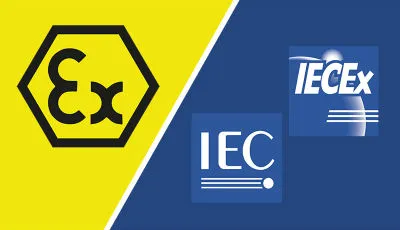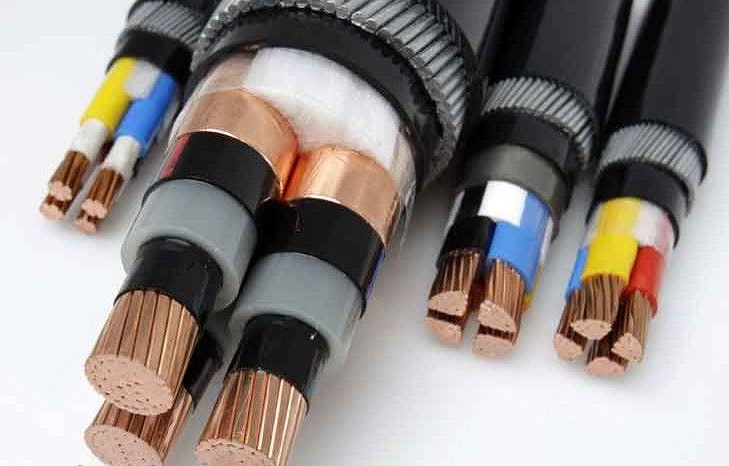Hazardous Area Earthing Requirements as per International and Philippine Standards
1. Introduction Hazardous areas-locations with explosive atmospheres due to gases, vapors, or dust-require meticulous earthing and bonding practices to ensure electrical safety. This article outlines the requirements for hazardous area …




